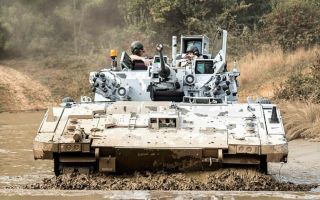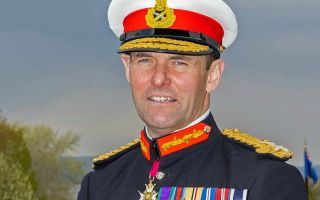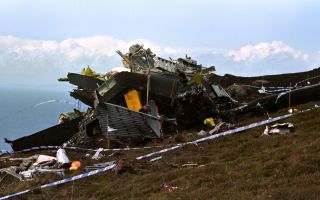A decade of Atlas: RAF celebrates the 'dream to fly' workhorse of the fleet
For the past decade, the A400M Atlas has been a vital part of the Royal Air Force's fleet.
With its distinctive turboprop engines and innovative technology, this aircraft has been used on operations across the globe.
This week marks 10 years since it entered service with the RAF.
- Typhoons scrambled over Russian Bear days after Navy shadow 'carrier-killer' frigate
- RAF deterrence is back after 30-year sabbatical, Chief of the Air Staff says
- Cold War pilots back in formation at RAF base where they trained half a century ago
A400M pilot Flight Lieutenant Tariq Rodgers described flying it as something out of a video game.
"It's all fly-by-wire, like a computer game. You tell the computer what you want it to do, and it does it," he said.
He added that the cockpit's side-stick control makes it feel like driving "a brand-new car" with military-grade capability.
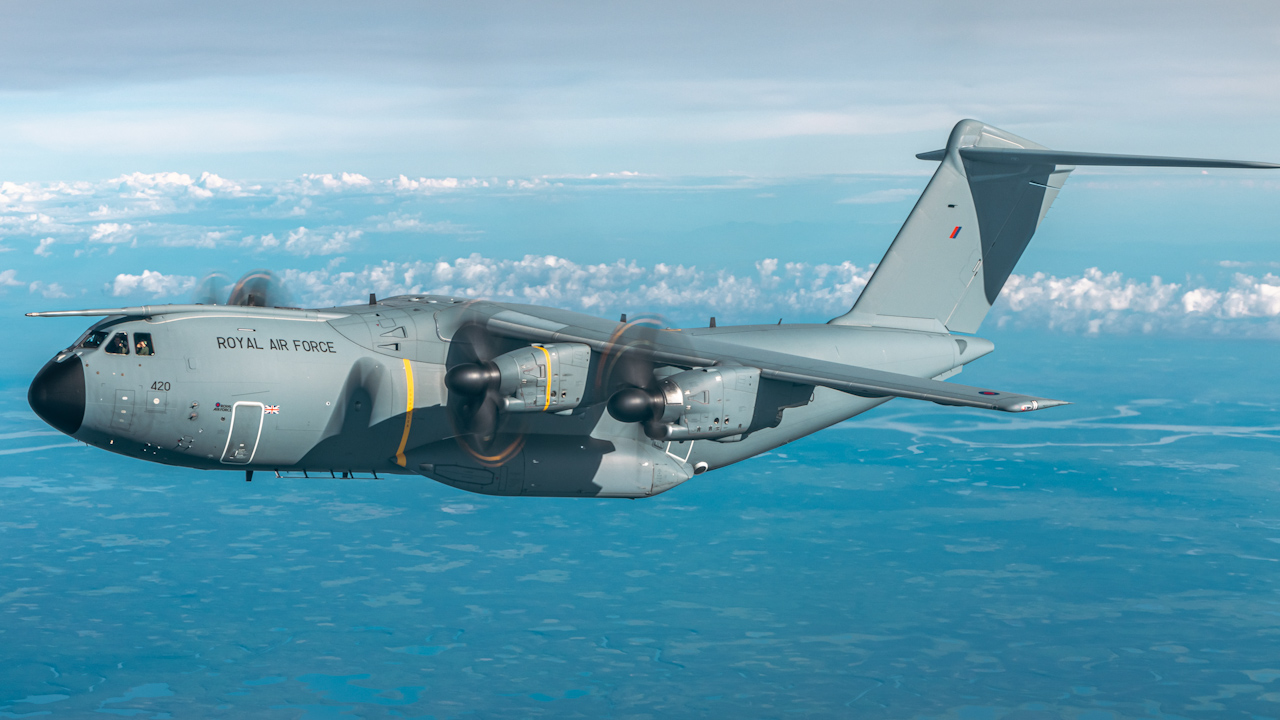
The Atlas is designed to go where others can't. From carrying more than 37 tonnes of freight to fitting a Chinook helicopter in its cavernous hold, the A400M thrives in tough environments.
Its ability to take off and land on beaches or rough terrain makes it indispensable for missions in remote areas.
"It gives us the ability to do strategic airlift over long ranges and pretty quickly," explained Air Commodore Dan James, the Air Mobility Force Commander.
"It also means we can support special forces by doing high-altitude parachuting, but we can also support the Army and forces that might be on the ground as well."
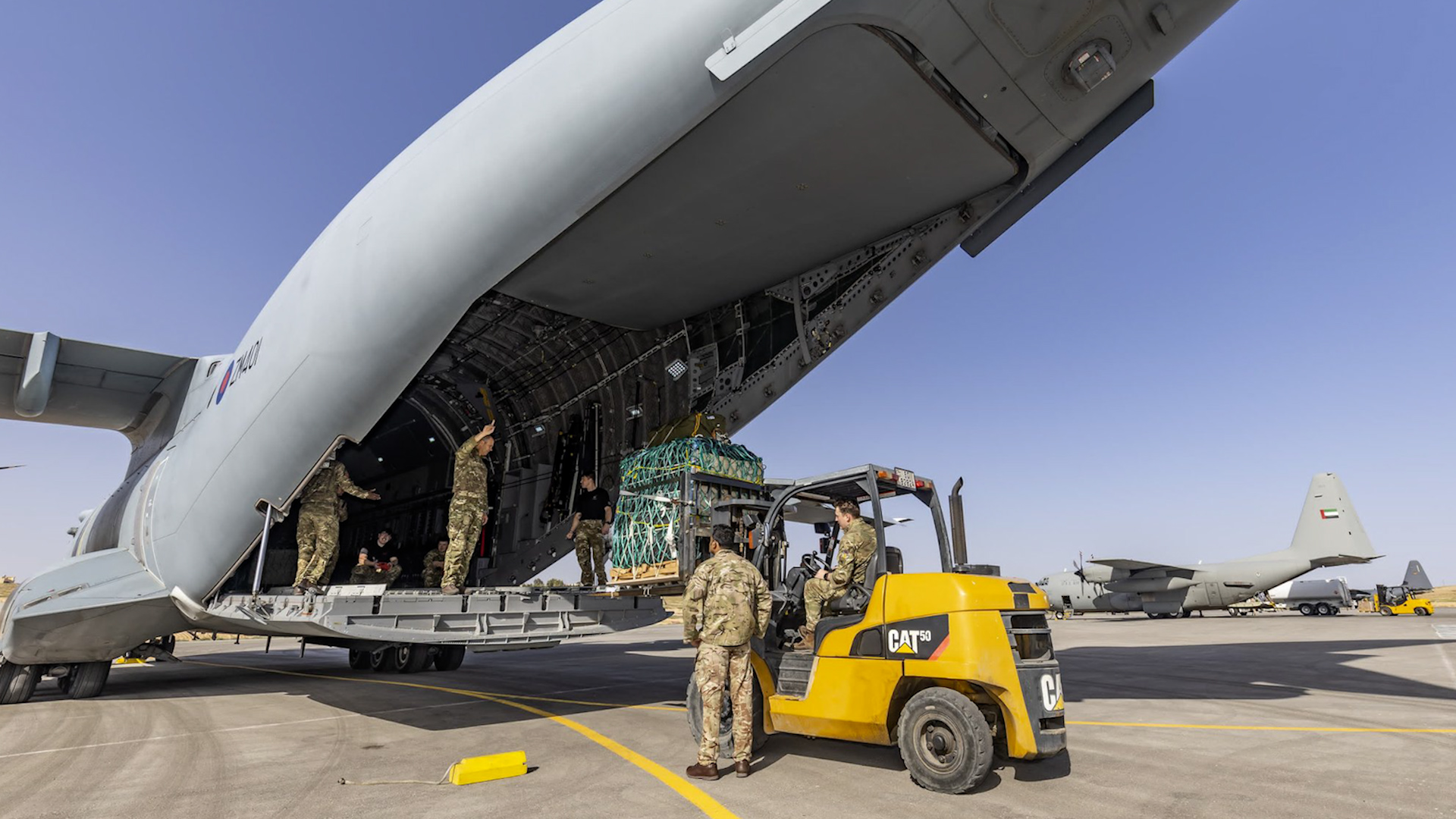
The Airbus A400M is a multinational collaboration, with components being built across Europe and the wings manufactured in Filton, near Bristol.
Since joining the RAF, the aircraft has been involved in high-stakes missions, including air drops over Gaza and the evacuation of British nationals from Sudan.
Its defining moment came during Operation Pitting in 2021 when it was pivotal in the evacuation of thousands of British and Afghan civilians from Kabul, the largest humanitarian operation of its kind since the Berlin Airlift.
"The A400M was doing the job it was always designed to do... evacuating over 200 people on the floor of the aircraft each time, making a real difference to those people," Wing Commander (Ret'd) Ed Horne reflected.
From Afghanistan to the Falkland Islands, the Atlas A400M has demonstrated its versatility and resilience.
As it enters its second decade of RAF service, the aircraft continues to prove it's not just built for the job – it's built to go beyond it.


